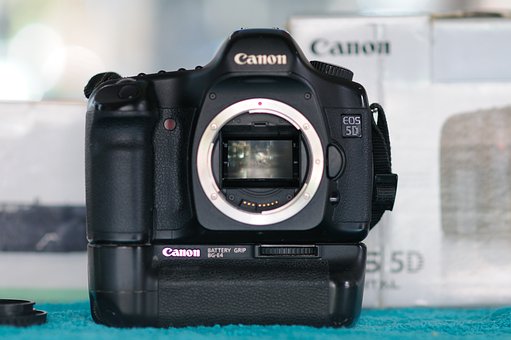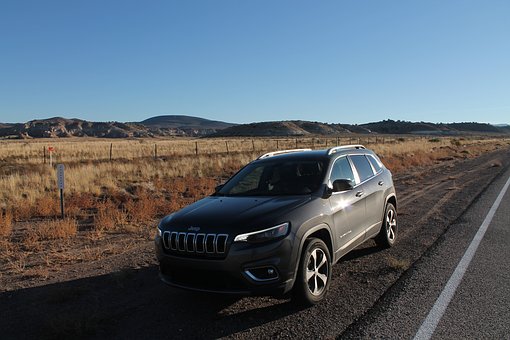Should I Use A Cast, A Boot, A Splint or A Brace For My Injury?

Copyright (c) 2010 Mountain West Foot & Ankle InstituteAfter fracturing my foot
, patients and family members asked me how it was being treated. Was surgery required? Did you need it casted? What is the best way to treat this type of fracture? As I thought of these issues, I felt it was necessary to explain the differences of the various available treatments and when one is better than another. I, however, placed my broken foot in a walking boot for reasons I will explain later.Cast: For years the standard treatment for fractures was plaster casts (now fiberglass), and was designed to protect the area and stabilize the fracture location. These are still utilized regularly, but may not be required.Advantages:
- Solid construct that provides protection for the area that was injured.
- Due to the firmness of the cast, it stabilizes the fracture during healing.

- Inability to remove. In some patients this is a necessity, because fractures get worse without protection and if the "protection" is being regularly removed it won't heal correctly.Disadvantages:
- Can't get cast wet, making bathing more difficult.
- Itching and possible irritation from wearing a cast for 6-8 weeks during healing.
- May be painful if placed too early and the foot swells. (Especially important if an airplane trip is planned, as a cast will get painful.)
Walking Boot: This treatment is becoming much more common, because of the convenience and ease of application. The boot can be a great option for many fractures where stabilization of the ankle joint is required to stabilize the fracture.Advantages:
- Ability to remove for shower or to let foot and leg breath.
- Due to the firmness of the boot, it stabilizes the fracture during healing.
- Soft lining and construct for increased comfort and allowance for swelling.Disadvantages:
- Often has portions of boot that a soft, reducing the protection areas.
- Easily removed, increasing the ability to walk without the boot (increasing the risk of further injury).Due to the associated comfort, the ease of dressing (since it can be removed) and the ability to shower without the boot, I chose this option for my foot. I do, however, wear it 24 hours a day, except when changing clothes or showering.
Post-op Shoe: For some fractures of the foot, a post-op shoe may provide enough stability to allow healing.Advantages:
- Ability to remove for shower or to let foot and leg breath.
- Due to the firmness of the boot, it stabilizes the fracture during healing.
- Soft lining and construct for increased comfort and allowance for swelling.Disadvantages:
- Only sole of shoe is rigid, providing no protection to top of foot.
- No stability to ankle or joints of foot nearest the ankle.
- Easily removed, increasing the ability to walk without the shoe (increasing the risk of further injury).

Splint: Stability of the cast with room for swelling. Usually not protective to the top of the foot, and doesn't allow walking.
Brace: Should primarily be used for sprains and stable stress fractures that require reduced motion of the foot.How should you treat your fracture? I recommend (and am doing it on my fracture) that you get good stability to the fracture including the joint above and below the area of injury. Typically this will require a walking boot or a cast.
Should I Use A Cast, A Boot, A Splint or A Brace For My Injury?
By: Brandt R Gibson, DPM Helping You Understand Auto And Property Insurance Plan Savings The Do's and Don'ts of Auto Shipping Factors To Be Considered Inorder To Get The Cheapest Auto Insurance Cheap car insurance Oregon – made easy for you Semi Trucks Photography 101 - Understanding The Cameras Auto Settings Why Auto Insurance Quotes Are Important? Ways to Find the Best Car Insurance Quote Online How to Easily Spot the Best Auto Loans The Power And Versatility Of Digger Derrick Trucks Why Used Bucket Trucks Are A Good Idea How To Find A Good Auto Mechanic Before Buying a Car From Houston Hyundai Dealers, Get Your Car Insurance